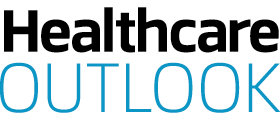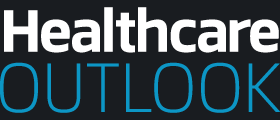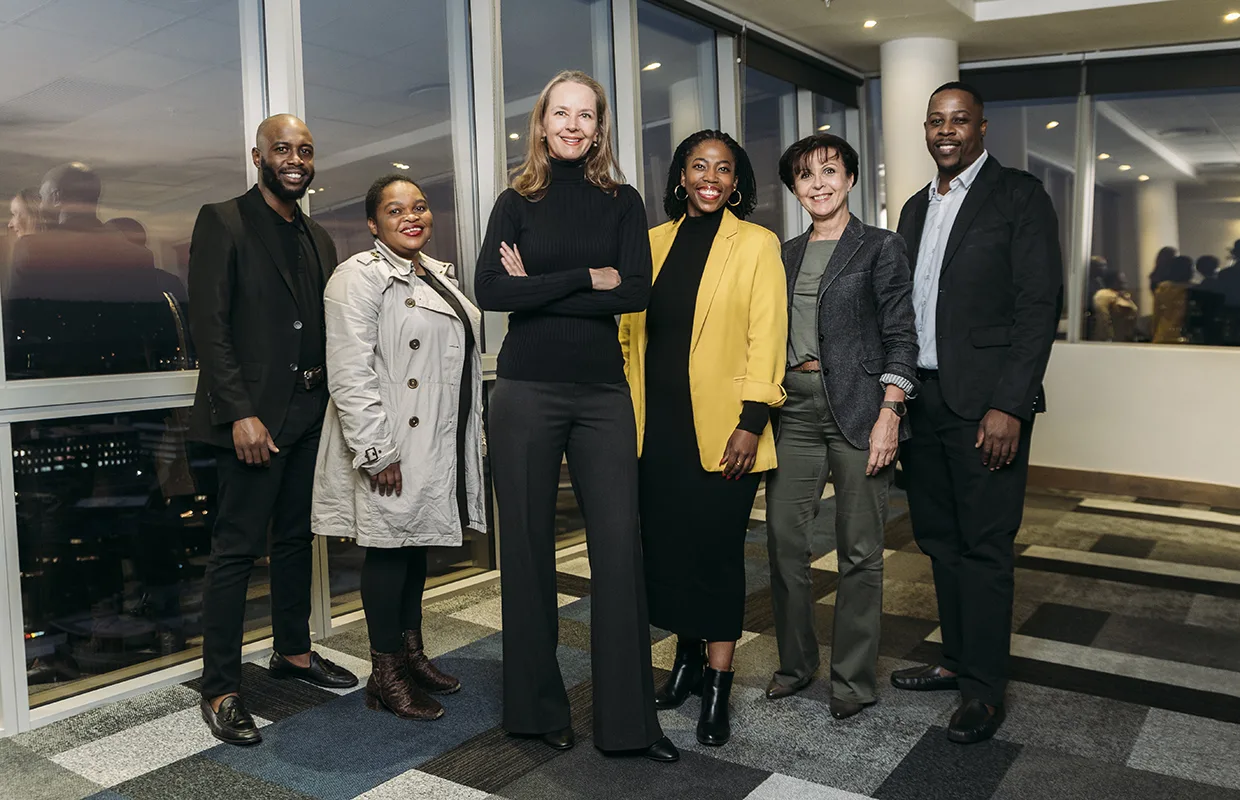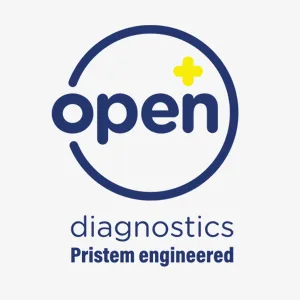Moving away from international imports with a renewed focus on local manufacturing and the Medical Technology Master Plan, we explore the ways in which the South African medical technology sector is delivering globally competitive, accessible, and Africa-relevant offerings.
SPOTLIGHT ON THE SOUTH AFRICAN MEDICAL TECHNOLOGY INDUSTRY
South Africa’s (SA) medical technology (MedTech) industry stands as one of the largest in the continent, yet it has been historically characterised by major dependency on imports from Europe and the US.
Projected to have a revenue of ZAR29.6 billion by the end of 2025, the sector is turning a corner, driven by the introduction of the Medical Technology Master Plan (MEDTECH Master Plan) published in May 2024, which hopes to boost the country’s local MedTech manufacturing capabilities, generate employment, and stimulate access for patients to locally produced technologies in SA and the continent over the next five years.
Indeed, the plan aligns with the government’s continued commitment to delivering more effective healthcare nationwide, as it correlates with the aims of the National Health Insurance (NHI) Act 20 of 2023, which seeks to grant universal access to quality healthcare for all South Africans.
Additionally, the MEDTECH Master Plan represents a push towards local manufacturing and the contributions of small to medium-sized enterprises (SMEs), which will, in turn, expand the nation’s employment opportunities by over 1,000 jobs, increase the need for domestic products and a skilled workforce, and strengthen the sovereignty of African health systems.
The MEDTECH Master Plan also promotes the country’s international competitiveness, as the increased productivity will supply global markets, cementing SA as a key player in the MedTech landscape.
Going forwards, SA’s MedTech industry hopes to welcome the efficiencies of digitalisation and artificial intelligence (AI) into the fold, advancing healthcare offerings and remaining up-to-date and internationally competitive.
Q&A WITH THE SOUTH AFRICAN MEDICAL TECHNOLOGY INDUSTRY ASSOCIATION
Tanya Vogt, Executive Officer of the South African Medical Technology Industry Association (SAMED), provides an update on how the sector and the wider healthcare landscape have evolved since we last spoke to the organisation 18 months ago.
Comprising a membership of manufacturers, distributors, and wholesalers, ranging from small businesses to large corporations, SAMED has diligently represented the South African MedTech sector for 40 years. As well as advocating for the industry to government and international markets, the association helps tackle extensive challenges.
Most recently, SAMED has been helping steer the direction of the MEDTECH Master Plan in support of its members and the local MedTech manufacturing sector.
Firstly, how has SAMED has grown since we last spoke to the association in August 2023?
Tanya Vogt, Executive Officer (TV): We have seen an increase in the number of companies joining SAMED, particularly small and to medium-sized black-owned companies.
In SA, we have a piece of legislation called Broad-based Black Economic Empowerment (B-BBEE), which was implemented at the dawn of democracy to boost the economy and ensure people who were previously disadvantaged can benefit from it, so that’s been quite exciting.
We are seeing smaller companies, primarily distributors and wholesalers of MedTech, join the association.

How has the delivery of patient care and the MedTech sector in SA evolved over the last 18 months?
TV: We have two healthcare sectors in SA – a public sector and a private sector. There have been challenges on both sides.
For the MedTech sector, a key and ongoing challenge is the extent of government debt. In the public sector, we are still seeing rising debt owed to our member companies across a number of provinces over a long-term period. There are some provinces that are doing a bit better than others, but that continues to be something that SAMED is focusing on with the provincial departments of health, National Treasury, and National Department of Health to draw attention to the matter and ensure the sustainability of the sector to keep up with patient needs and improve patient outcomes.
In the private sector, due to SA’s political nuances, we are also seeing the exchange rate improve, which can be somewhat attributed to the creation of the Government of National Unity (GNU) after last year’s elections.
As the majority of MedTech is imported into the country and continent more broadly, an improvement in the exchange rate impacts the profitability of our members.
However, we are also seeing a concerted push by funders – in our case, the medical schemes and private sector procurers – for healthcare providers to reduce costs as they want to make sure they can provide the best quality and most affordable care but still make a profit to ensure business sustainability.
So, although we are seeing a squeeze on margins, I would say that the MedTech market in sub-Saharan Africa is still profitable and seeing growth. Our government, as well as the private sector, are keen to embrace innovation in the sector.
Medical devices that utilise AI, robotics, and digital healthcare are also on the rise. It might not be as embraced compared to what’s happening in the US or Europe, but we are certainly seeing more procurers talking about these types of innovations and the need for them to transform healthcare and bring about efficiency.
Elsewhere, our NHI Act was finally passed, and although there has been resistance to it by many stakeholders, we are starting to see the National Department of Health begin to implement aspects of the act that will, in time, transform the healthcare system.
We have also heard that work is going to be started on the development of an essential equipment list, which will include medical devices and in vitro diagnostics (IVDs). This will form the basis of package services and products procured under the NHI Act.
I’m aware of increasing economic opportunities, particularly in the countries surrounding SA, which include ease of trade and the African Continental Free Trade Area (AfCFTA) agreement that many of the continent’s countries have signed up to.
Although the required processes and systems have not yet been formulated and implemented, there is a greater awareness that African countries can work with one another, easing trade and the cost of doing business, including the much-needed strengthening of cross-border regulatory approval and standardisation practices which are of significant material impact on suppliers.
We support the greater focus being given to buying and producing locally.
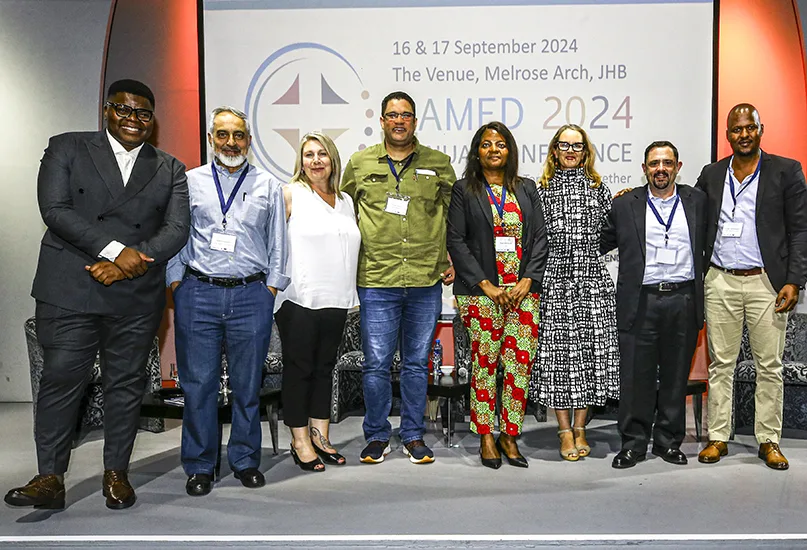
A key part of the industry’s future centres around the South African government’s recently announced MEDTECH Master Plan. How do you think this will aid the sector’s development?
TV: SA’s government and the MedTech industry recently adopted the MEDTECH Master Plan, and we have a project manager who is supporting its implementation.
The goal is to grow and boost the local manufacturing MedTech sector. How do we grow the existing local manufacturing industry, which is quite small in comparison to the number of imports? How do we ensure that, as a country and health system, we are not totally dependent on imported MedTech products?
SA previously had a very strong and thriving local manufacturing sector in MedTech, but over the years, because of the cost of doing business, it became increasingly uncompetitive compared to international imports.
The challenge with that is when you are so focused on exclusively importing and distributing, you don’t develop the skills that you need in order to innovate, manufacture, and encourage R&D. Suppliers and company representatives tend to focus more on marketing and sales compliance, rather than the ongoing need to localise and sustain technical engineering skills and sharing of knowledge. So, by boosting the local industry, we will be developing a foundation of people who are more technically skilled in quality manufacturing, regulatory compliance, relevant MedTech solutions for our burden of disease, and innovation that drives momentum forwards.
If the country is to succeed at being a manufacturing hub for MedTech, we can’t just produce for local consumption; we now also need an export market. If you’re going to export out of SA, you need to be aware of the regulatory requirements and be able to meet them. Therefore, I think this is a wonderful opportunity to encourage the growth of skills, knowledge, and experience that are authentic and organic within the context of national and continental health and socioeconomic goals.
SA has quite an interesting legacy of some very innovative MedTech. We were the first country to conduct a heart transplant, for example. More recently, SA developed a 3D titanium ear implant, so there are a number of innovations that have come about that I think we can be really proud of. African communities and health systems, including the MedTech sector, have played a key role in the R&D, regulatory, and market access processes related to continental and global solutions that can tackle epidemics and environmental determinants of health like HIV, tuberculosis, antimicrobial resistance, and climate change.
On top of this, the African MedTech market is different; there are nuances you won’t find anywhere else. Disease burden, for example, varies across the continent, and even sometimes within countries, compared to what you would find in Europe or the US. The climate and people’s physiologies are also different. Therefore, there are many nuances that aren’t taken into account when importing MedTech products, so there can sometimes be a mismatch.
When you start developing, innovating, and producing locally, it supports an ecosystem that you don’t find in imported products developed in a different continent. In some African countries, limited infrastructure, vast rural areas, and a lack of available clean water points towards nuances of our continent that I think will spearhead innovative health solutions, which I don’t think would have happened if there weren’t those differences.
We are also seeing innovations in the use of digital technologies. Drones, for example, are being used to deliver medical devices and pharmaceuticals to outlying communities where it is potentially very difficult for people to travel to a health facility.
We are also seeing remote monitoring and the need to store products at a particular temperature. In a country where you don’t necessarily have all those temperature control facilities, how do you innovate to work around that? So, I think there are exciting times ahead of us.
In what ways will the association support its members to meet the objectives of the MEDTECH Master Plan?
TV: We will be playing a key role in helping to drive the plan. We are supporting it through funding and participating in the steering committee that will be responsible for management and implementation. Consequently, we will play an active role in the required structures.
Part of our added value is that we keep our members in the loop. This includes giving our members the opportunity to share information, provide their inputs, and gather data, which is pertinent to influencing policies, projects, and incentives.
Overall, we will have a driving role in facilitation, collaboration, and information sharing.
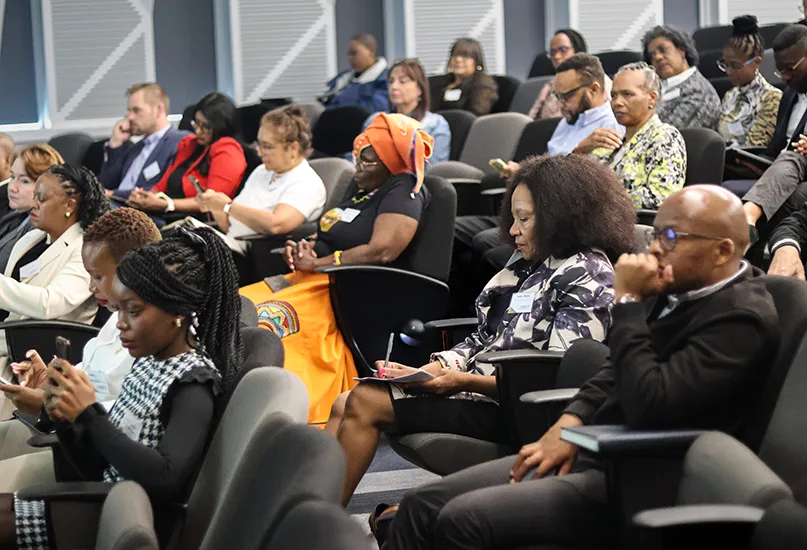
How do you think the MEDTECH Master Plan will help SAMED achieve its future goals, particularly regarding access to industry innovation and environmental, social, and governance practices (ESG)?
TV: SAMED has just embarked on a project to lead women inclusion and empowerment within the industry.
Our Women Empowerment Index tracks and strengthens gender representation in what was traditionally a male-led environment. SAMED’s Data with Integrity platform is a tool to gather our members’ data, through which we can track their progress compared to the aggregate. We would like to see stakeholders participating in the MEDTECH Master Plan embrace this so that it’s not just SAMED members who are involved.
One of the metrics we are measuring through the Women Empowerment Index is around female ownership, development, and renumeration, particularly amongst young women who face specific challenges regarding access to education, healthcare, and employment. Each of those three key pillars has its own sub-metrics that companies are weighted and scored on overtime so that, as an organisation, they can then identify areas for improvement.
In terms of environmental practices, we still have a way to go. There is some legislation that has been passed around waste management, but I think there is still more to do. The plan is going to focus a lot on how to create an ecosystem that is very conducive to growing local manufacturers and how we get government and private sectors to give preference to locally manufactured products. It would also be good for the private and public sectors to provide incentives that are developed specifically for MedTech, as well as introducing subsidisation and standards around manufacturing that are aligned with ESG principles and sustainable development goals (SDGs).
In terms of the development of innovative Medtech, I think there’s a lot that needs to be done for the sector to be in everyone’s best interests. We need to find a system that not only grows the local economy but allows for imports and innovative MedTech products and knowledge to continue to find their way to market and patients – and inspire future solutions.
The MEDTECH Master Plan is also going to provide a lot of data that, up until now, we didn’t have on hand to enable us to make key decisions and implement projects. It will also bring together all the healthcare parties so that we don’t work in silos. It’s not just the trade association that’s now trying to engage in Medtech matters; the role of our industry in healthcare delivery and economic development has been recognised, which enables the government, regulators, and a whole host of other stakeholders to work together towards a common vision, and I think that’s where the plan’s strength lies.
Last time we spoke, you mentioned SAMED’s Data with Integrity initiative. Has the association reached any of the objectives it set out for this?
TV: We have continued to develop the Data with Integrity platform and use it for our Women Empowerment Index and to help curb the extent of government debt. We do have some other data that we’ve used it for, such as the submissions to our regulator, the South African Health Products Regulatory Authority (SAHPRA), on ISO 13485 readiness, which will become a mandatory requirement for medical device companies in SA by April 2025. Regardless of whether you’re a manufacturer or distributor, companies will need ISO 13485 certification in place in order to apply for or renew their current licence.
We’ve also used the Data with Integrity platform to gather information on employment equity and labour-related statistics for submissions to government ministries.
Finally, how do you see the MedTech industry and delivery of patient care in SA evolving over the next decade?
TV: I think it’s going to become more scientific and data-driven, evolving into a greater value-based and evidence-based system. There is also going to be a greater focus and expectation on procurers, healthcare providers, and suppliers of healthcare products to put evidence behind and track their progress and success. The trajectory that we have been on so far is unaffordable. SA’s private market funded by medical schemes is growing, but at a very low rate, and that’s not sustainable.
Private healthcare is also becoming more expensive and is in need of review to see how we can bring access to healthcare to more people at an affordable price. Under the NHI Act, there are going to be some major changes around how healthcare is delivered and possibly even practiced. I’ve already seen some alternative community-based models; you have these pockets of service and delivery where it’s no longer just a GP on their own, but a GP, a physiotherapist, and a dietician. So, professionals are more allied and have formed a consortium to provide healthcare in a less fragmented and more cost-efficient and patient-oriented manner.
